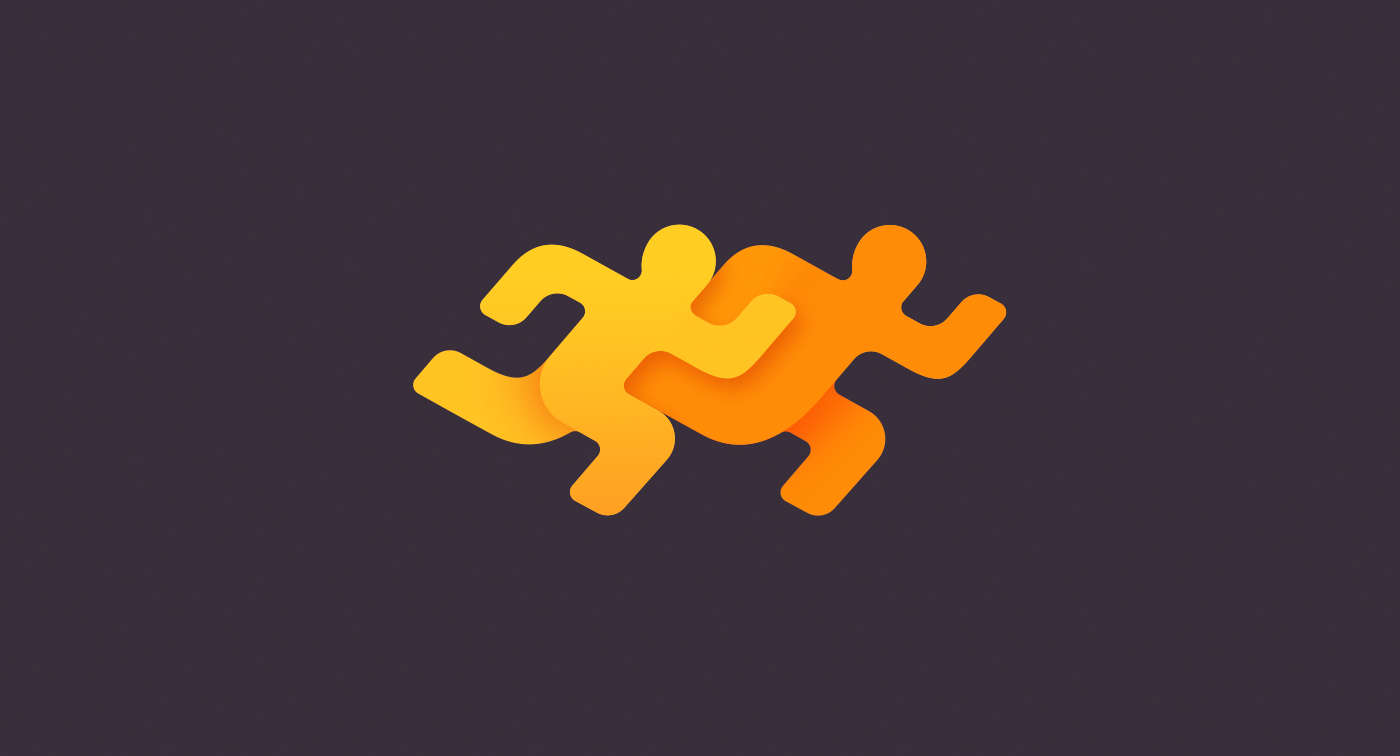We, humans, are visual creatures. We are very responsive to what we see. That is the reason companies use attractive visual signs for their brand or service to create an impact on customers. In fact, if you ask the success mantra of most of the businesses, it is an effective representative sign, also known as a logo that frames the whole branding strategy.
Branding is not just limited to visual perception or verbal message. It constitutes the complete image people form on hearing its name or seeing its brand identity signs. Thus, designing the signs and symbols of a brand, which is stark and deliver the right message, is a crucial task. This piece will enlighten you on some strategies and tips that will nurture your creative process of logo designing and bring out productive outcomes both for designers and entrepreneurs wishing to widen their horizon on design techniques and also their influence on business processes.

1. Definition Of A LOGO
A logo is a symbol that gives recognition to a company and is shown on all of its products. It establishes the first visual connection as soon as the people think or hear the name of the brand. Just like other visual elements, a logo can deliver the message about the type of nature and services carried out by the brand, the tone, and voice of company’s contact with the users and its overall brand image. Logo design gives force to the brand strategy which forms a special set of rules and guidelines called a
Logo design gives force to the brand strategy which forms a special set of rules and guidelines called a brand book. The powerful logo can help to identify with the brand or company easily, thereby enabling the business to achieve its goals like increasing sales, engaging customers, attracting more subscribers or generating awareness. Further, the logo makes a product or service stand out as against its competitors for fast and successful development. Logos don’t come easy and involves complex strategy including all the stages of
Logos don’t come easy and involves complex strategy including all the stages of the design process and marketing like user research, marketing research, creative search, choice of style direction and color palette and testing in varied sizes and environments. Appointing professional designers for logo designing is just worth the effort and will be an ideal investment for every business.
2. The Types Of LOGO
Companies have always been experimenting when it comes to visual elements to make their branding more effective. Some prefer images or mascots whereas some go for nice lettering to capture the audience with the brand name. There are five basic types of logos-
Iconic or Symbolic Logo
It includes a logo that uses the visual element of great impact. The image can display the name of the company or its mascot or use a symbol that represents the nature of the product or service.
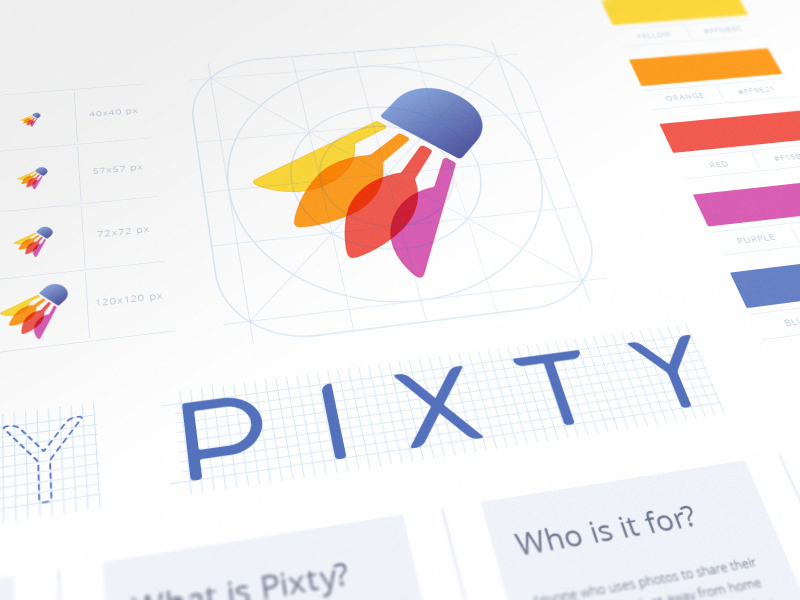
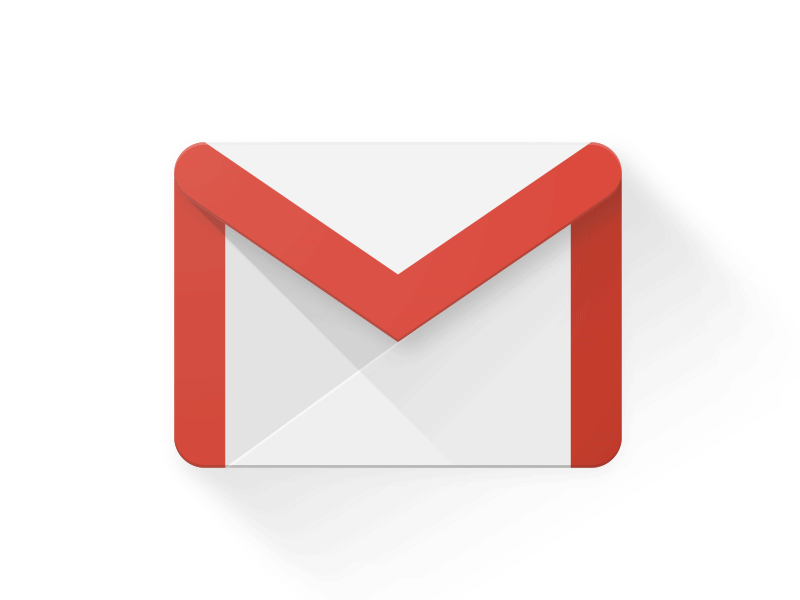
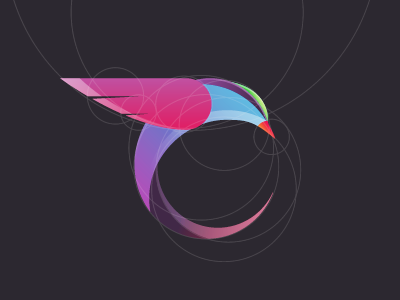
Typography Based Logo
This type plays only with the first letter of the brand name and brings out an artistic version. This category works best in small sizes like app icons where it is difficult to read the full word. Special emphasis needs to be paid on originality and recognition as it can be difficult to make one letter unique from the same letters used in other brands.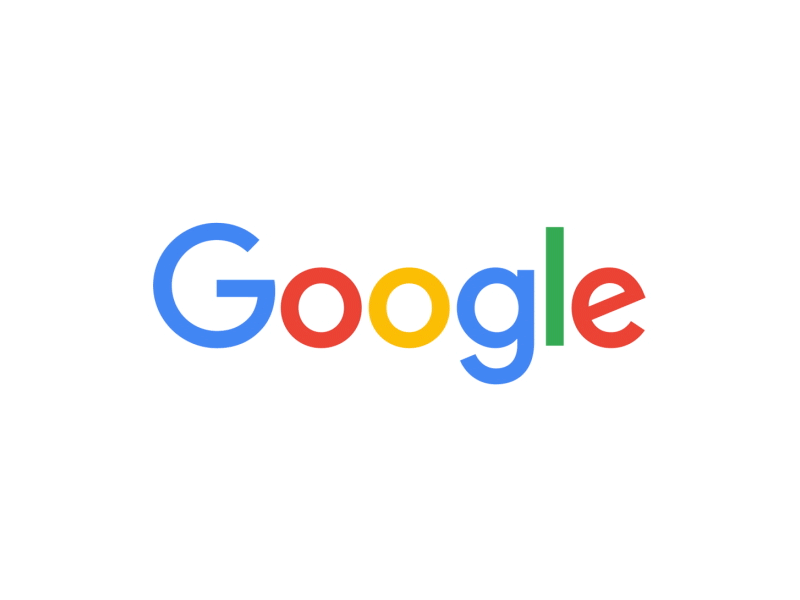
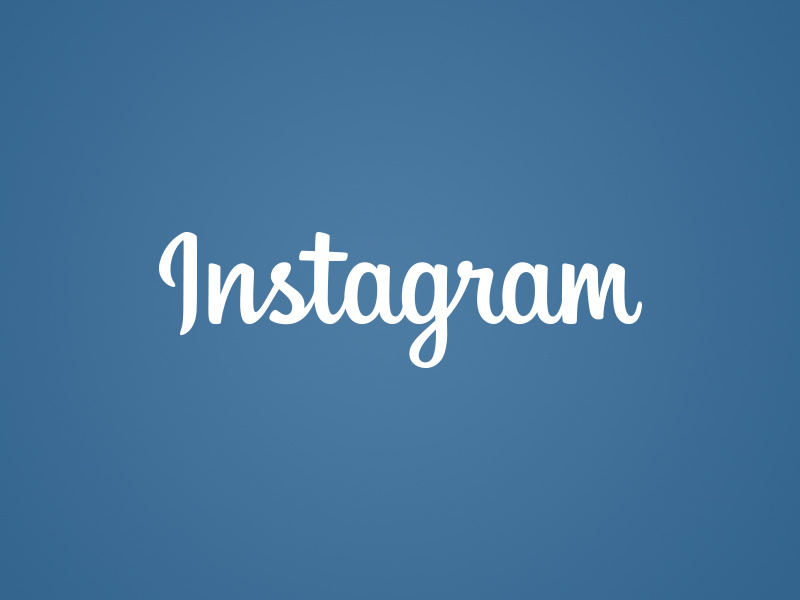
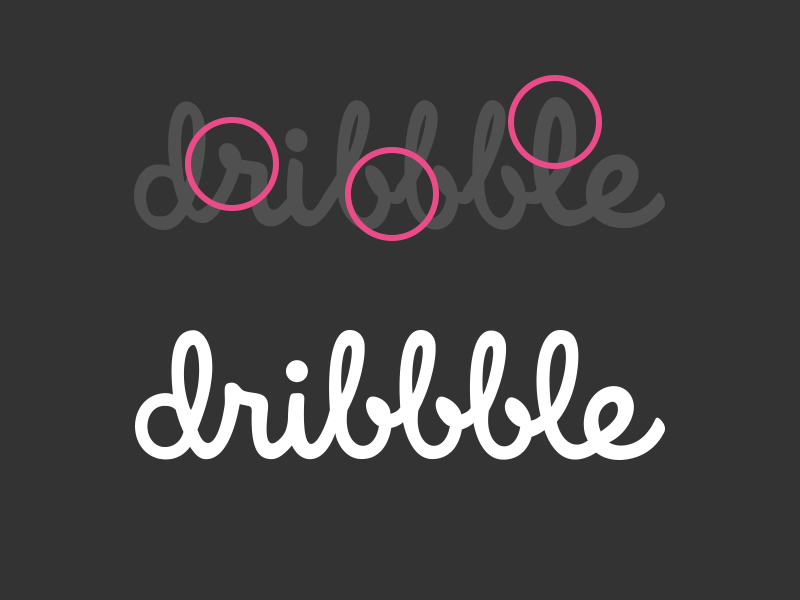
Just Words based logo
Word is the most preferred corporate identity mark created by artistic lettering on the full name of the brand. We very well know that different types and fonts can deliver the messages and whole stories instantly to the readers and this strategy is incorporated by logo designers and marketers.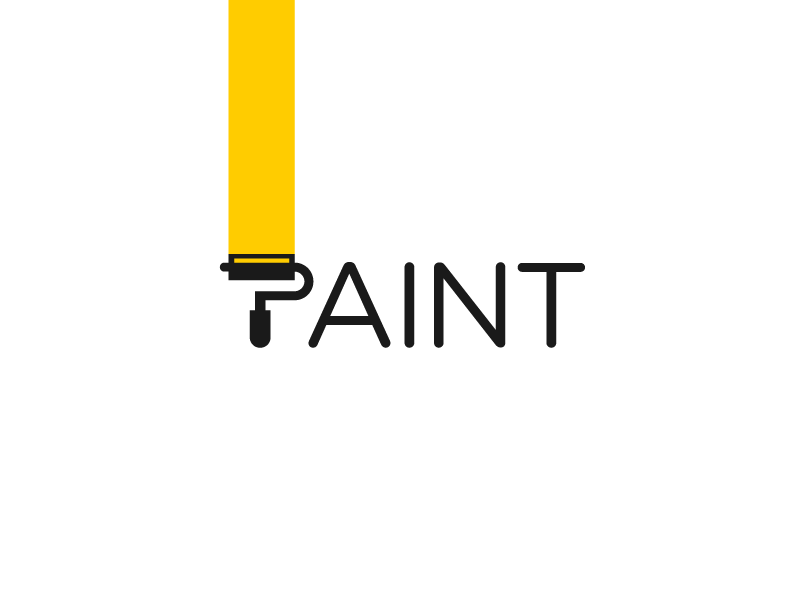
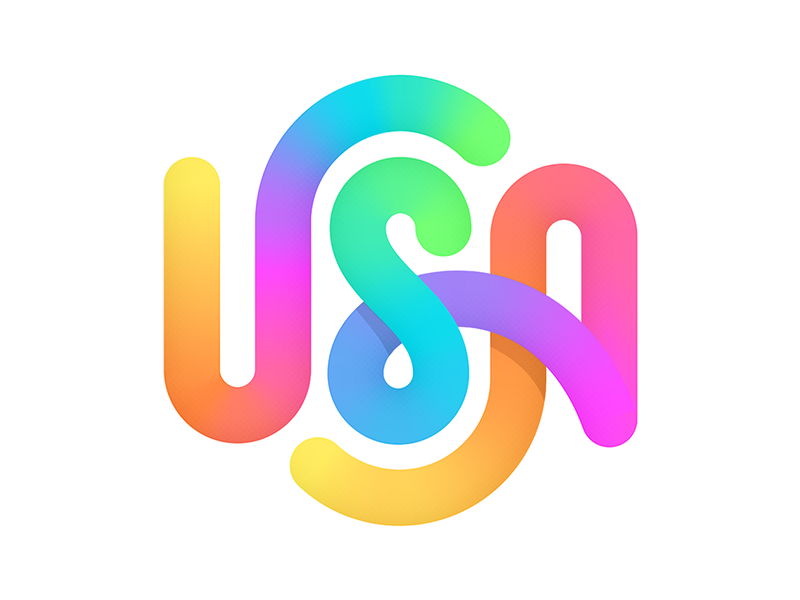

Mix Blend of Typography and Words
This one uses two techniques together for logo creation i.e. typography and words. In this mix, observers get two different sources of information and can see the image and read the word that reflects the brand identity.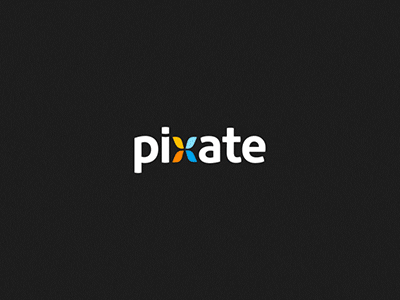
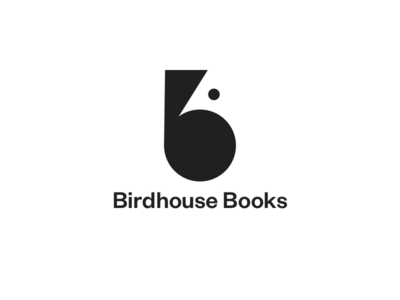
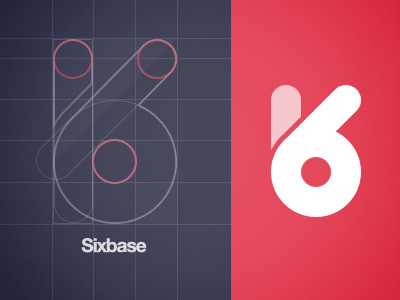
Emblem
The emblem also combines visual elements together. What is different here is that it crafts the wordmark or letter mark conveying the name of the brand into symbols instead of keeping it over, under or beside the symbol as done in the previous category. Such logos when created with logic present integral and complete identity sign.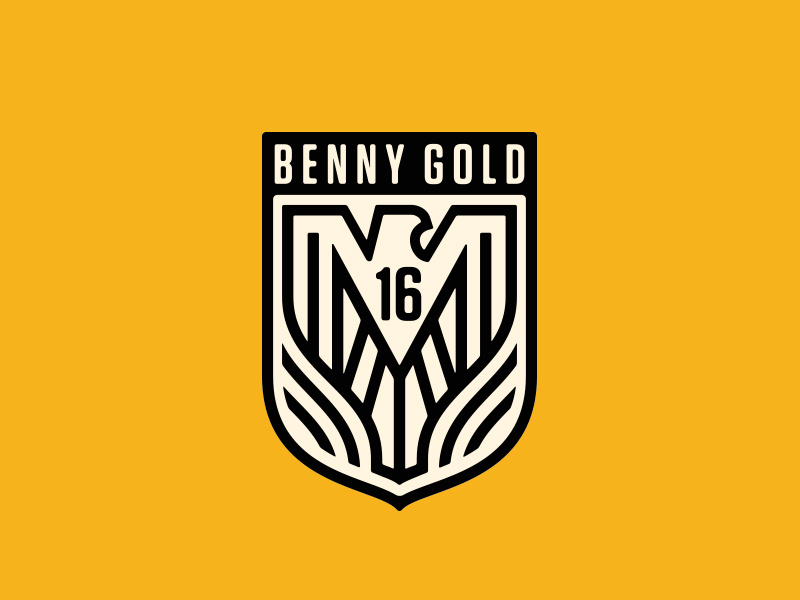
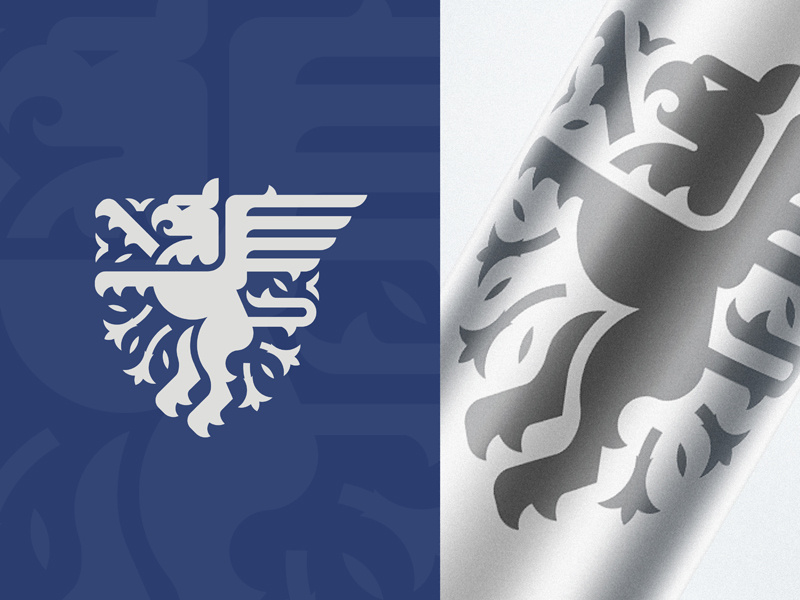
4. Keys of a Perfect Logo
Different designers follow different creative inspirations while designing a logo, but whatever be the approach, every logo should have the following-
- Simplicity
- Clarity
- Uniqueness
- Flexibility
- Informative
- Longevity
- Consistency
- Mass Appeal
The aforementioned elements can’t be combined with one sign easily. So, it is best to hire professional designers to do the same. Little disharmony, poor color combinations, illegible type and several other minor mistakes can reduce the gains and customer trust on the brand. A logo is actually that symbol that can connect or divert customers and sellers in an instant, so it's designing demands deep thought and complete attention.
5. Logo Design Process
One of the main attributes of dynamic logos is their simplicity. That said, it is a tough task for a designer to master simplicity and identity at the same time. Clients are generally under the wrong notion that logo building is an easy job that is a matter of hours and doesn’t weigh much on skills, time or effort. Such an outlook can make branding suffer. Effective logo design is a strategic process that comprises of stages like setting the goals, user research, marketing research, creative search, a way of style direction, type of color palette, testing in multiple environments and creating a complete style guide describing the rights and wrongs of logo use etc. Let us delve deeper into each stage-
Setting the Goals

This is the base of the entire design flow. It is the stage where the designer should gather as much information as possible from the client to pave the way to the goal. Just be very clear with your targets. You shouldn’t wander when it comes to logo and branding direction. Okay, that doesn’t mean all the goals will remain same until the end, they can be transformed more or less in the design flow. Anyway, if your tasks aren’t fixed in the beginning, your creative process will become a chaos. Designers must foresee what clients are seeking.
A beautiful logo guarantees success to the business. While communicating with clients, you just don’t have to fulfill their wishes but also study the ideas and reasons behind these wishes. If you understand the logic behind specific colors, shapes or transitions, you will be able to realize these ideas and deliver desired results to the customer. The more information you obtain from the client, the better you get at setting the task. Extract data about nature of the product, target audience, geographical targeting, chosen color palette, keywords that reflect identity, the need for mascot design and need of consistency for corporate identity etc.
Research
In this phase, the designer has to go deeper in the environment to determine the requirements of a branding sign. Research involves two steps- user research and marketing research. User research means exploring all the aspects of the target audience, studying their choices and psychological patterns, the impact of color and data carrier on their emotions and experience, basis of information and powerful performance which keeps them driven.
On the other hand, marketing research implies examining the market segment mainly to know about the effective solutions delivered by competitors. Logo design, by all means, should be different so as to give the brand an edge and attract potential customer's attention. By ignoring the research stage and following their creative intuition, designers become prone to failing as they will not know the dynamics of logo functioning and won't be able to make it unique and versatile.
Creative Search
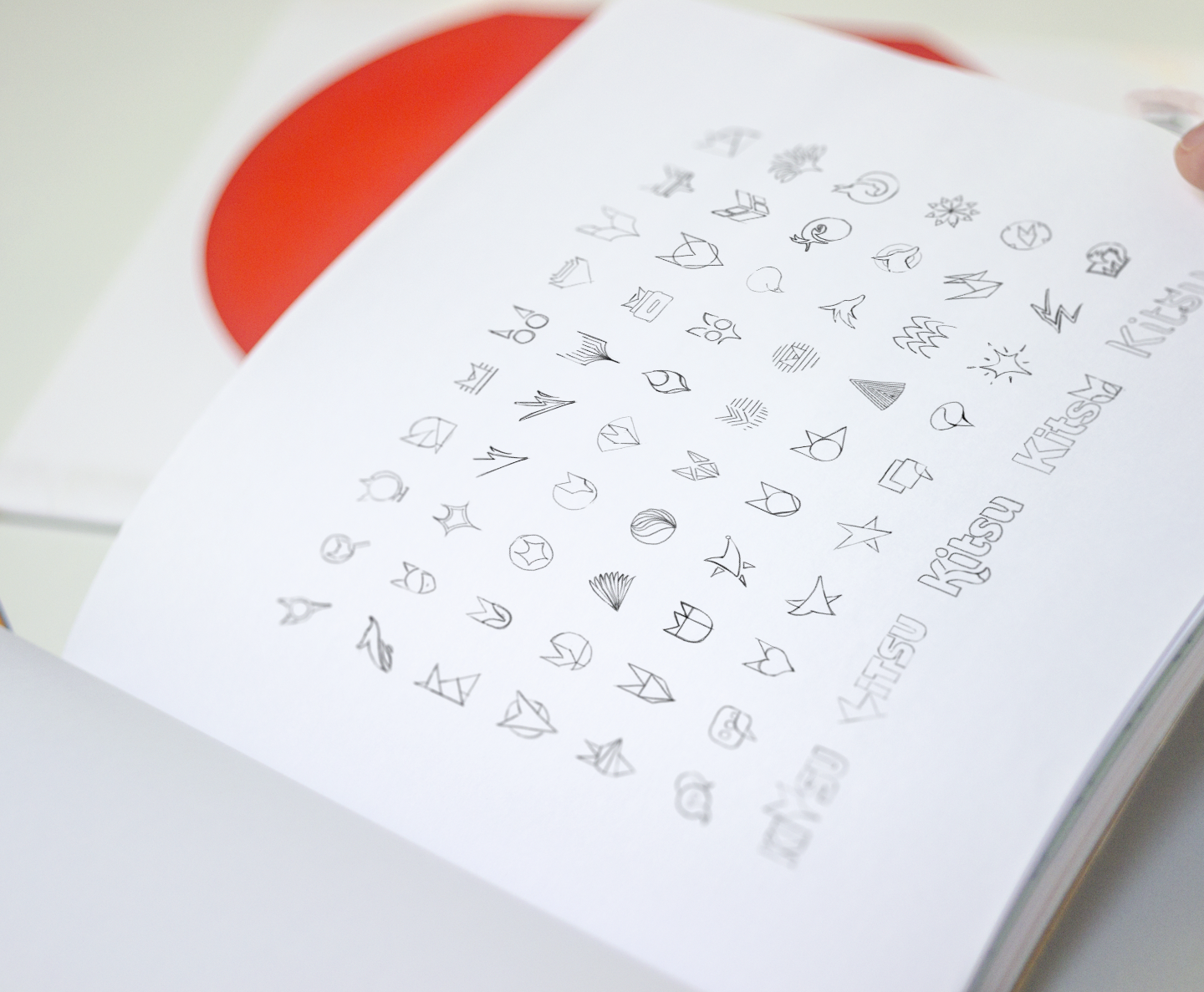
This is the time when a designer with data in handsets off to a particular direction in the process. The target is to figure out one or more profitable directions which will help in achieving the branding goal and fulfill all the marketing needs. Just remember that branding like all other individualized activity is unique in every case. There are times when customer preferences are so clear and details are so systematic that logo direction gets fixed at the first iteration and just has to be refined.
However, in cases when requirements are not clear and competition is tremendous, various directions have to be evaluated and different variants have to be tested to determine what will be useful and different from the lot. Strategies are decided on designer's opinions on flawless ways of presenting client’s needs and demand for a specific type of logo. The result of creative search gives out the selected style, type, color palette, basic shaping and position of the logo.
Refining the Details & Giving Finalised Version
Here the designer advances ahead in the chosen direction and takes care of the slightest of details. There is a lot of mastery attained in the level of fidelity and sophistication over the image representing the future branding sign. Even tiny changes set in millimeters can have a great impact on the general harmony. This is the phase when designers can explore with forms and lines, hues and shades, all within the style guidelines. The result of this stage brings out the finalized version of a logo visual presentation.
Testing
The designers who are under this belief that preparing high-resolution graphics for a logo is where the process ends are highly mistaken. Be it any design task, post-design testing is a must. For a logo, it is but essential so as to achieve productivity and success. It is a must to test it on multiple surfaces and devices, in a wide range of settings, sizes, and resolutions, also surrounded by other logos. Try to test it on people associated with core target audience.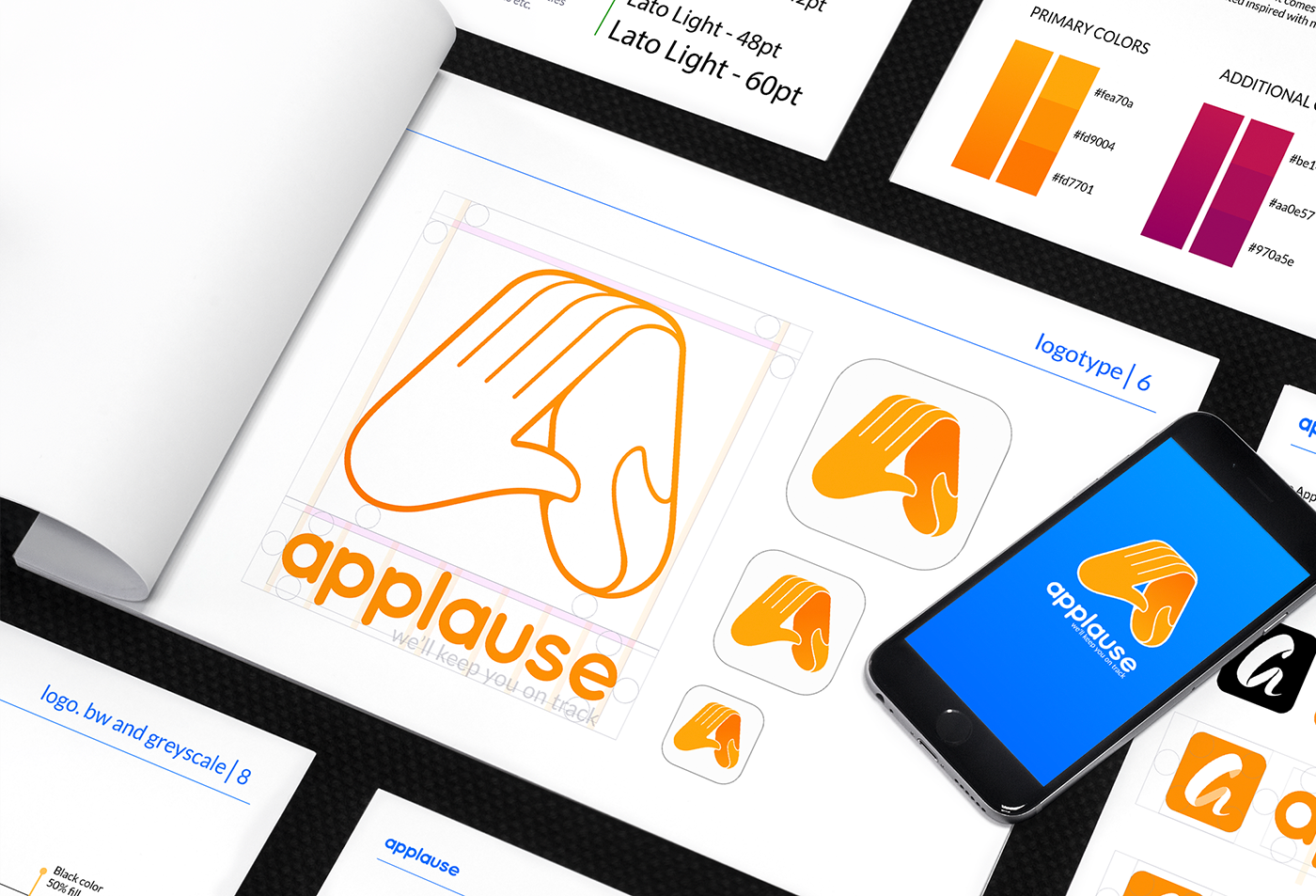
The results of the testing should be examined properly as sometimes it can play a great role in influencing the final logo alterations. Visual interpretations and mental connections are very important in generating design element supremacy and appeal. In order to avoid getting lost amongst other logos and icons, pay heed to testing in the design process.
Style Guide

In the final stage, the designer creates a style guide for the approved logo. The guide must be understandable and should inform about the correct and incorrect ways of the logo use. It becomes the foundation for a brand book and helps the user to communicate with any sides involved in the creative process in the future such as print shops to stick to the balanced presentation of the logo.
Also, Read - Don’t make these mistakes when creating your logo
End Notes
Such is the power of a logo that for brands and companies it becomes the sign of destiny. It establishes an instant visual connection between the customers and the products or services. Logo is central to branding strategy and determines the direction to be undertaken. An effective logo can be developed not only with designer's creative pursuit to create spectacular visual sign but also by paying attention to all the factors necessary for design solutions. So, what are you waiting for? Use these tips and let your brand take over the market.
References and Credits
- www.dribbble.com & www.ShutterStock.com
- http://www.creativebloq.com/logo-design/mistakes-2131959
- http://www.logodesignlove.com/
- https://www.amazon.com/gp/product/0321985206/
- Part one – https://vimeo.com/24521965
- Part two – https://vimeo.com/24718591


